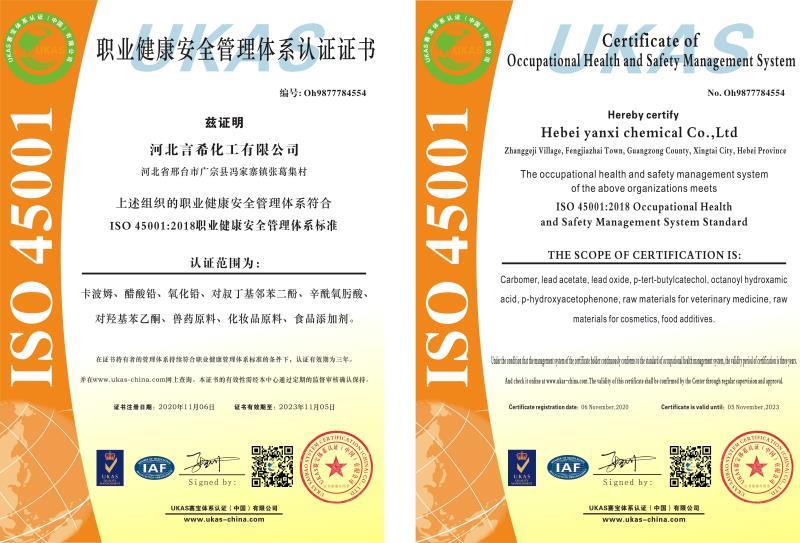Triheptanoin is a triglyceride that is composed of three seven-carbon fatty acids. These odd-carbon fatty acids are able to provide anaplerotic substrates for the TCA cycle. Triheptanoin is used clinically in humans to treat inherited metabolic diseases, such as pyruvate carboxylase deficiency and carnitine palmitoyltransferase II deficiency. It also appears to increase the efficacy of the ketogenic diet as a treatment for epilepsy.
Since triheptanoin is composed of odd-carbon fatty acids, it can produce ketone bodies with five carbon atoms, as opposed to even-carbon fatty acids which are metabolized to ketone bodies with four carbon atoms. The five-carbon ketones produced from triheptanoin are beta-ketopentanoate and beta-hydroxypentanoate. Each of these ketone bodies easily crosses the blood–brain barrier and enters the brain.
| Name | Glycerol triheptanoate | EINECS | 210-647-2 |
| CAS No. | 620-67-7 | Density | 0.984 g/cm3 |
| PSA | 78.90000 | LogP | 5.89580 |
| Solubility | N/A | Melting Point | N/A
|
| Formula | C24H44O6 | Boiling Point | 470 °C at 760 mmHg |
| Molecular Weight | 428.61 | Flash Point | 195.5 °C |
| Transport Information | N/A | Appearance | colourless liquid |
Appearance and properties: colorless liquid
Density: 0.966 g/mL at 20ºC(lit.)
Flash point: 195.5ºC
Refractive index: n20/D 1.444
Stability: Stable. Incompatible with strong oxidizing agents.
Uses of Glycerol triheptanoate: It is used clinically in humans to treat inherited metabolic diseases, such as Pyruvate carboxylase deficiency and Carnitine palmitoyltransferase II deficiency. It is also used to increase the efficacy of the ketogenic diet as a treatment for epilepsy.



